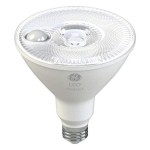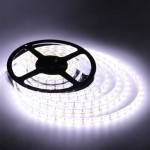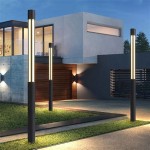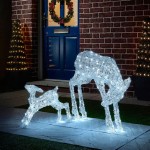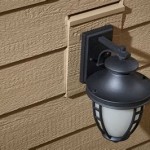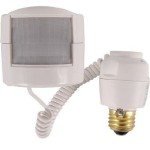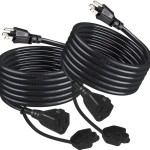How to Design Outdoor Lighting
Outdoor lighting plays a significant role in enhancing the aesthetic appeal, functionality, safety, and ambiance of a home's exterior. By carefully designing an outdoor lighting scheme, homeowners can create a welcoming and inviting space that can be enjoyed all year round. This article will explore the essential aspects of outdoor lighting design, empowering homeowners with the knowledge to create a lighting scheme that perfectly complements their property.
Transition: Whether you're looking to illuminate pathways, highlight architectural features, or create a cozy ambiance, there are several key considerations to keep in mind. Let's delve into the essential elements of outdoor lighting design:
## 1. Purpose and FunctionThe primary purpose of outdoor lighting is to provide safety and functionality. Pathways, steps, and entrances should be adequately lit to prevent accidents. Functional lighting also includes security lights that illuminate dark areas and deter potential intruders.
## 2. Types of Lighting FixturesThere are various types of outdoor lighting fixtures available, each serving a specific purpose. Spotlights can accentuate architectural features, while path lights guide movement. Floodlights provide broad illumination, and low-voltage lights create accent lighting in gardens and planters.
## 3. Lighting SourcesLED lights have become increasingly popular for outdoor use due to their energy efficiency, long lifespan, and low heat output. Incandescent and halogen lights are also commonly used, but they have shorter lifespans and higher energy consumption.
## 4. Placement and IntensityThe placement of outdoor lights is crucial to achieving the desired effect. Consider the angle of illumination, as upward-facing lights can create glare. Use dimmer switches to adjust the intensity of lighting in areas where ambiance is more important than functionality.
## 5. Color TemperatureThe color temperature of outdoor lighting refers to the warmth or coolness of the emitted light. Warm white light (2700K-3000K) creates a cozy and inviting atmosphere, while cool white light (4000K-5000K) is brighter and more suitable for functional lighting.
## 6. Fixtures and FinishesOutdoor lighting fixtures must be weather-resistant and durable. Choose fixtures made of materials like stainless steel, copper, or powder-coated aluminum. The finish of the fixtures can complement the architectural style of your home.
## 7. Integration with Smart Home TechnologyIn addition to traditional lighting options, smart home technology offers advanced controls and automation for outdoor lighting. Smart lights can be controlled remotely, scheduled to turn on and off at specific times, and integrated with sensors to respond to motion.
## ConclusionDesigning effective outdoor lighting requires careful consideration of various aspects. From determining the purpose and function to selecting the right fixtures and lighting sources, each element plays an essential role in creating a well-lit and inviting outdoor space. By following these guidelines, homeowners can enhance the safety, functionality, and ambiance of their property, allowing them to enjoy their outdoor areas to the fullest.

Outdoor Landscape Lighting Design Tips Ideas Environmental Designs

How To Choose A Landscape Lighting Design That Fits Your Home

Expert Outdoor Lighting Design Tips 1000bulbs Blog

Outdoor Landscape Lighting Design Tips Ideas Environmental Designs

Landscape Lighting Design Overview

13 Outdoor Lighting Tips For A Safe And Inviting Landscape
Outdoor Lighting Ideas 10 Designs Architecture Design

Lighting Design Considerations For Outdoor Entertaining

The Secret To Outdoor Lighting Design Lightstyle Of Tampa Bay

Lighting For An Outdoor Living Space Flip The Switch
